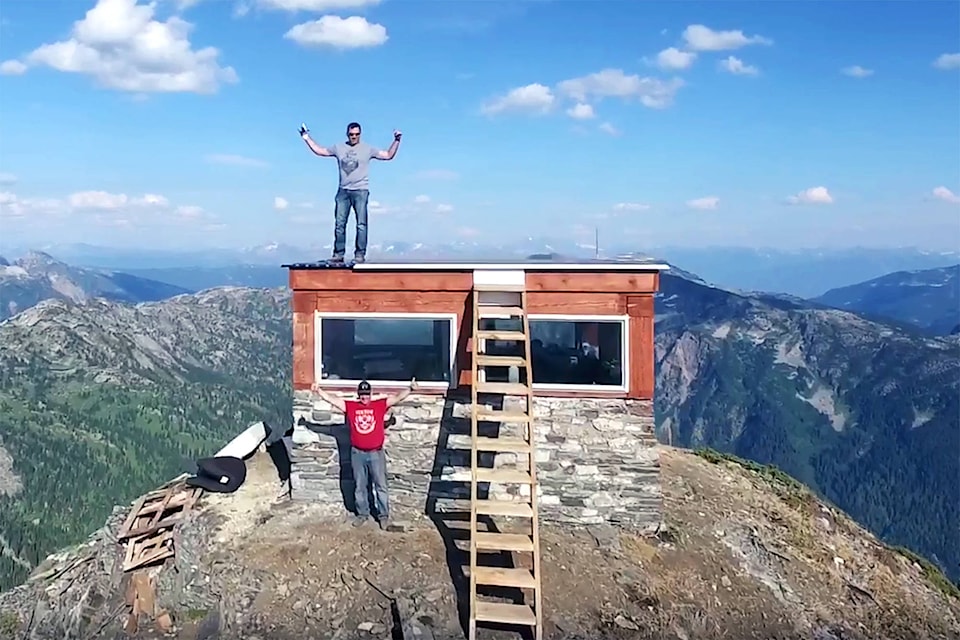In its Nov. 8 editorial, the Observer endorses a cabin in the sensitive alpine environment of Eagle Pass Mountain. Why so?
Is it because having fun outdoors, by whatever means, takes precedence over anything and everything else – like high-elevation environments and their vulnerable vegetation and wildlife?
The editorial describes the Eagle Pass Mountain cabin as a “most benign… project,” that will, “serve as a public tourist destination for years to come.”
It dismisses the important regulatory process required for such a project’s approval as “pedantic” and “understandably frustrating,” and says nothing whatever about what type of recreation envisioned for this “most benign … destination;” or, its potential environmental impacts.
Can we doubt that a cabin on the summit of Eagle Pass Mountain will become a focus of year-round mechanized outdoor recreation – with its risk of harmful impacts – already documented elsewhere throughout subalpine and alpine ecosystems? Hardly!
Surely in light of this ever-accelerating mechanized “footprint” on such natural environments, their vegetation, and wildlife, a proactive regulatory process is critical to protect them? But such a process is unfortunately demeaned in the editorial as “pedantic” – that is, overly concerned with minor details, or “understandably frustrating.”
I’ve been part of trail and mountain-cabin projects in a variety of Monashee mountain environments in the ’70s and ’80s, so I do understand the keen sense of adventure and accomplishment gained from such projects. But, times change, and our shelters and trails were designed for low-impact cross-country-skiing, snow-shoeing, hiking and backpacking travel – light-years less intense than today’s high-tech-powered tracked and wheeled ATVs.
In this more enlightened time, fragile alpine and subalpine environments are just too vulnerable to withstand mechanized impact.
It follows that their accessory permanent structures above tree-line are ill-advised.
Tom Crowley
